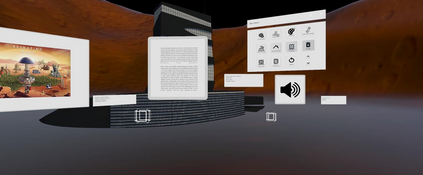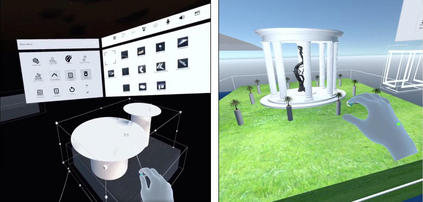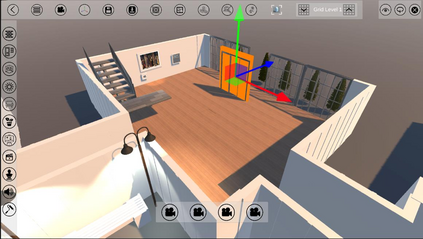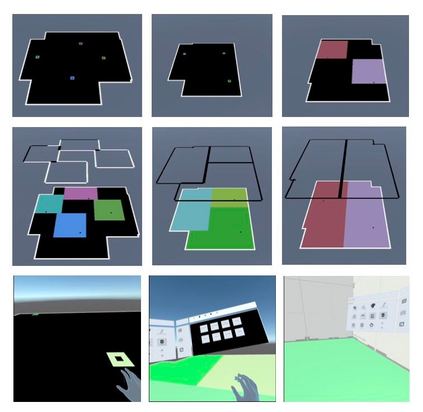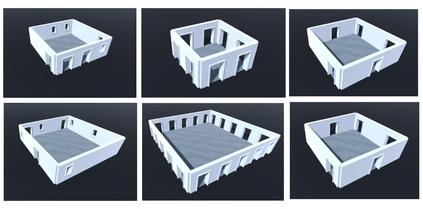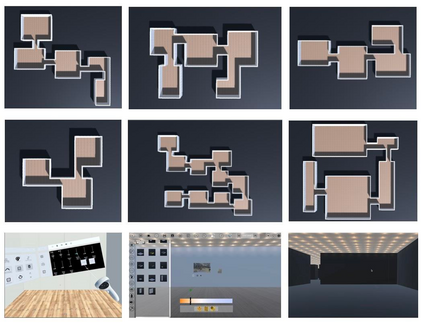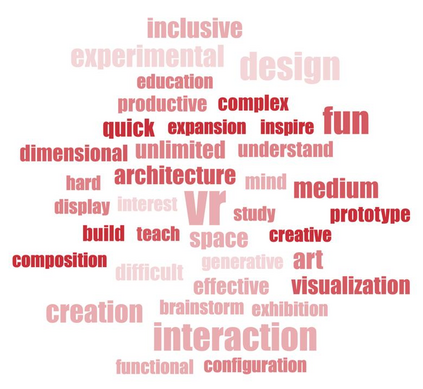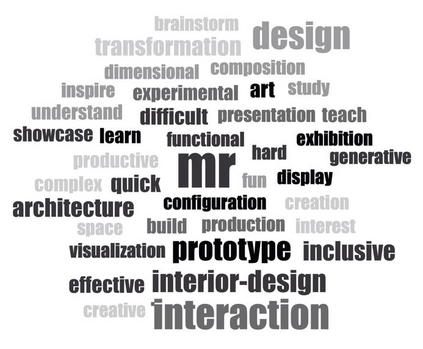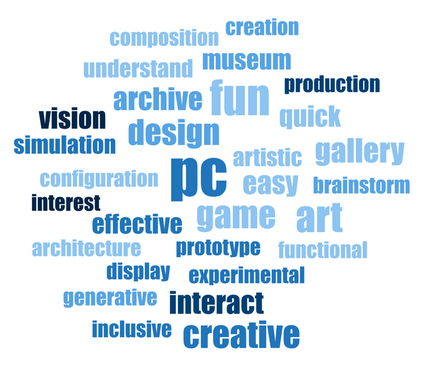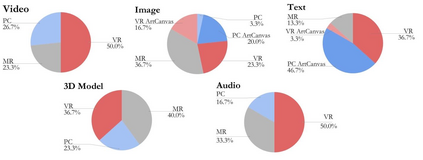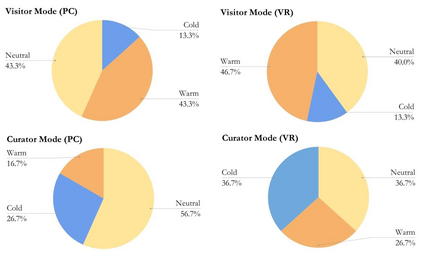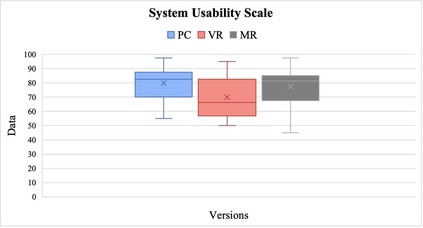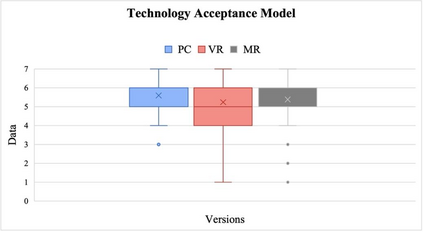The discursive space represents the reordering of knowledge gained through accumulation. In the digital age, multimedia has become the language of information, and the space for archival practices is provided by non-immersive technologies, resulting in the disappearance of several layers from discursive activities. Heterotopias are unique, multilayered epistemic contexts that connect other systems through the exchange of information. This paper describes a process to create a framework for Virtual Reality, Mixed Reality, and personal computer environments based on heterotopias to provide absent layers. This study provides virtual museum space as an informational terrain that contains a "world within worlds" and presents place production as a layer of heterotopia and the subject of discourse. Automation for the individual multimedia content is provided via various sorting and grouping algorithms, and procedural content generation algorithms such as Binary Space Partitioning, Cellular Automata, Growth Algorithm, and Procedural Room Generation. Versions of the framework were comparatively evaluated through a user study involving 30 participants, considering factors such as usability, technology acceptance, and presence. The results of the study show that the framework can serve diverse contexts to construct multilayered digital habitats and is flexible for integration into professional and daily life practices.
翻译:在数字时代,多媒体已成为信息的语言,档案实践的空间由非浸入式技术提供,从而导致若干层的分层与分解活动脱去。异形是独特的多层认知环境,通过信息交流将其他系统连接起来。本文描述了建立一个虚拟现实、混合现实和个人计算机环境框架的过程,以异式托盘为基础,提供缺层。本研究报告提供了虚拟博物馆空间,作为信息地形,包含“世界中的世界”和作为异式托盘层和谈话主题的场所制作。个人多媒体内容的自动化是通过各种分类和组合算法以及程序内容生成算法,如宾里空间分割、细胞自闭式、增长阿尔戈里特姆和程序性室生成等。通过用户研究对框架的版本进行了比较评价,有30名参与者参与,其中考虑到诸如可使用性、技术接受性和存在性等因素,并介绍了作为异性地形和讨论主题的主题。个人多媒体内容的自动化是通过各种分类和组合算法以及程序内容生成的算法,这些算出了诸如二星空间分割、细胞自治、技术接受性和多样化的日常生活环境。




